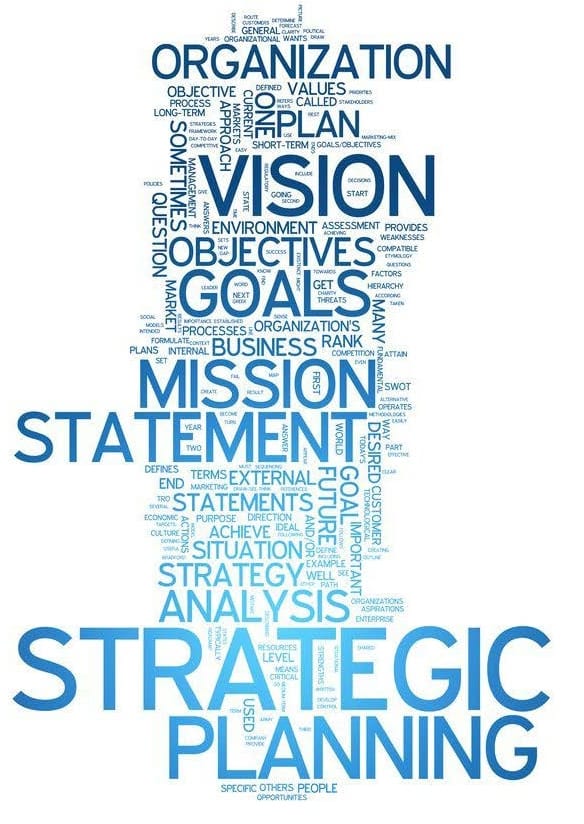Confused by this terminology? Some things that might help...

Posted: 06/09/2015
Category: Planning the Project
Often when starting an arts education / learning / participatory project, or applying for funding or an opportunity, you maybe asked to provide:
- Aims
- Objectives
- Outputs
- Outcomes
At LEAN we think of these definitions as the following. We find that these are commonly shared, but occasionally a funder or organisation might use the terminology differently.
You may as an artist, practitioner or organisation have overall aims and aims specific to a project. This can help you structure your planning and evaluation, as well as running a project.
Aims often start with To… and describe the changes you are trying to achieve.
To introduce quilt making in a historical and contemporary context to young people
To provide young people with some knowledge and skill of how to make contemporary quilts
Objectives are how you are going to do this (the activity)
Recruit 30 participants from Runnymead Street for 16-20 year olds
Run 3 sessions over 3 weeks for those participants
Teach traditional quilting techniques and history
Introduce contemporary context and ideas
Outputs are what you expect to ‘produce’ – if you were making a machine, what would come out…
30 participants attend 3 sessions to make a quilt referencing contemporary culture
Outcomes are the changes you will have caused due to the project. They will be written as if the workshop has been completed and include words such as more, greater etc
Participants have a greater knowledge of traditional quilting techniques
Participants are more confident in using traditional techniques to produce contemporary artworks
Participants have an increased understanding of the history of quilt making
Outcome indicators shouldn’t be forgotten. How will you know if you have achieved your outcomes, and to what extent? These need to be measurable:
70% of participants have a greater knowledge of traditional quilting techniques
80% of participants are more confident in using traditional techniques to produce contemporary artworks
Of course you also need to decide how you will collect the information that proves, for example, 70% of participants have a greater knowledge of traditional quilting techniques. There are numerous ways to do this that take into account the characteristics of your group. You might use questionnaires, goal setting, observations, before and after surveys, video diaries or vox pops.
See our evaluation resource for more information, and you can have a 1-2-1 session with LEAN to help you with this aspect of your project.
It’s a game of semantics, but organising any project with this in mind first, will help with all aspects of planning and running the sessions/project, and give structure to your evaluation forms and reports.
Check with the organisations you are working with – they often have their own aims, outcomes, objectives they want for the project.
It often is useful to be open to outcomes and outputs you didn’t expect and where possible allow for learning and creative enquiry beyond the aims and objectives. But that all depends on how you choose to run the project and important factors such as time and resources.
Some helpful websites:
- There is a handy diagram on: http://knowhownonprofit.org/organisation/quality/mande/aims-objectives-and-outcomes-of-monitoring-and-evaluation
